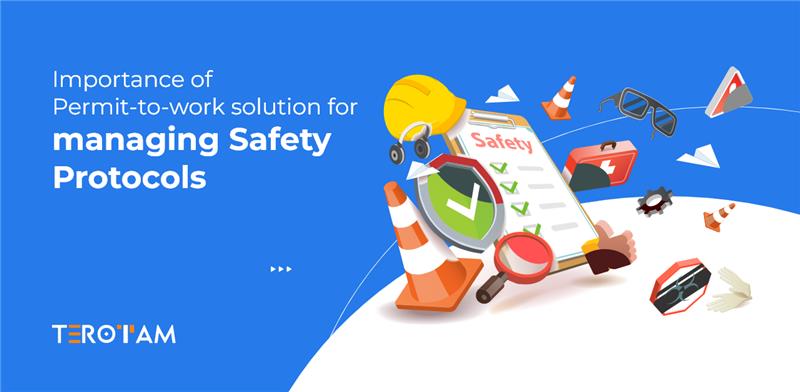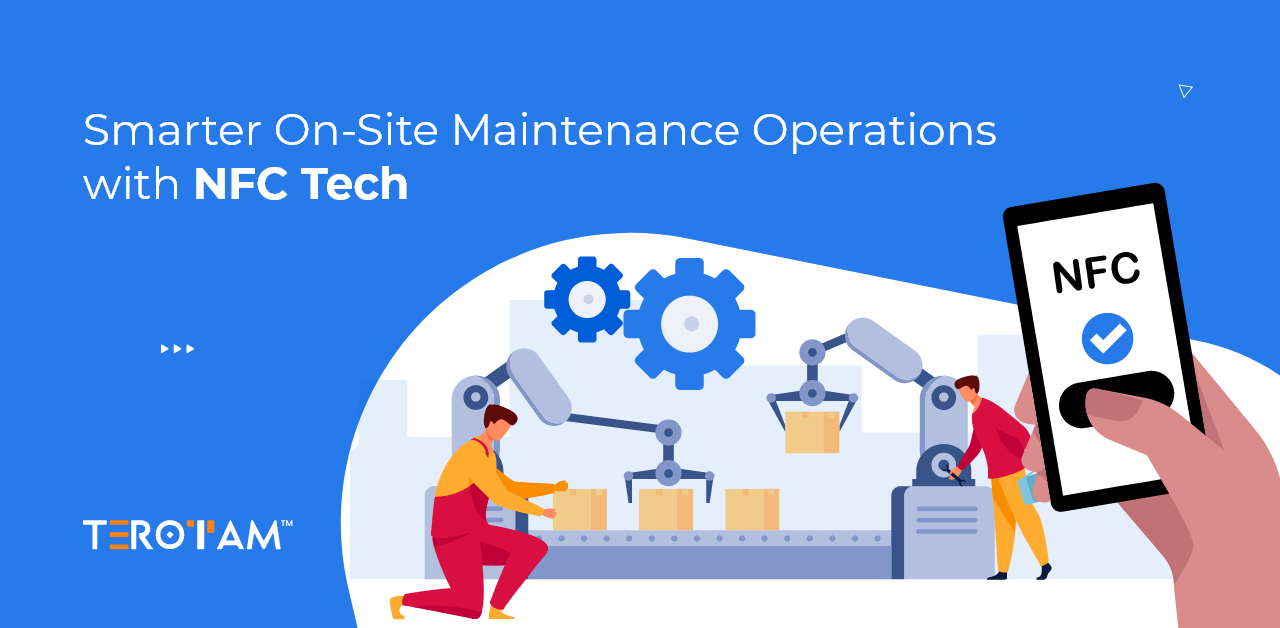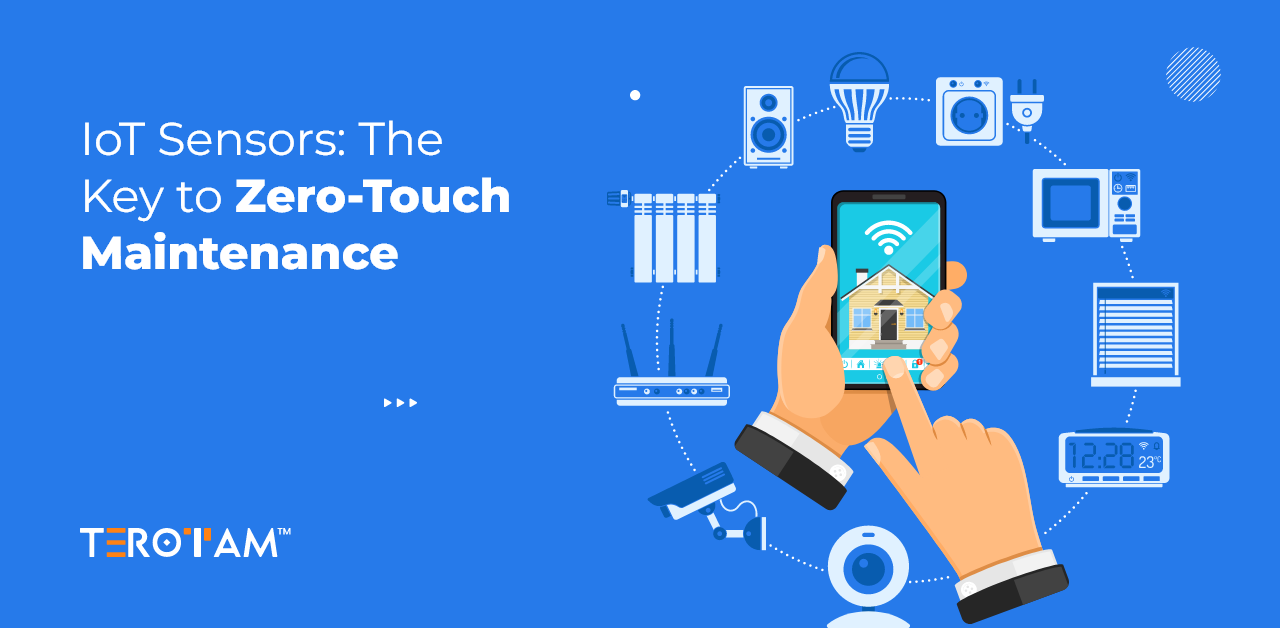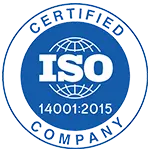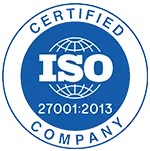Workplace safety is essential in industries where maintenance tasks involve electrical work, heavy machinery, and hazardous materials. Ensuring that all safety protocols are followed before starting any maintenance activity helps reduce risks and prevent accidents. A Computerized Maintenance Management System (CMMS) with a built-in Permit-to-Work (PTW) solution simplifies the process by enforcing structured safety procedures, automating approvals, and tracking compliance.
This article will explore how a CMMS with PTW capabilities enhances safety protocols, its role in different industries, and the benefits it offers in ensuring regulatory compliance and operational efficiency.
How does a CMMS with Permit-to-work solutions improve safety protocols?

A CMMS that includes PTW functionality, therefore, ensures that safety measures are integrated directly into maintenance workflows. In addition, maintenance tasks that require permits are managed through a structured process that not only verifies risk factors but also ensures compliance and provides real-time tracking.
Automated work permit issuance and approval
Work permits are required for high-risk maintenance activities, but manual processes often cause delays and errors. A CMMS with an in-built Permit-to-work system allows permits to be generated within the maintenance request, ensuring a seamless transition from planning to execution. The system follows an automated approval workflow, allowing only authorized personnel to access and approve permits. This reduces paperwork and speeds up approvals without compromising safety.
Integrated risk assessment and hazard control
Risk assessment is a critical part of workplace safety. A CMMS with Permit-to-work solutions enforces pre-task safety evaluations, identifying potential hazards and ensuring that the necessary precautions are in place. Personal protective equipment (PPE) requirements, lockout/tagout (LOTO) protocols, and confined space entry procedures are verified before the permit is issued. This ensures that maintenance teams follow all safety measures before beginning work.
Role-based access and authorization control
A structured authorization process ensures that only trained personnel are allowed to perform specific tasks. A CMMS-driven Permit-to-work solution verifies worker qualifications, training records, and certifications before granting access to high-risk activities. Supervisors can approve, modify, or reject permits based on safety compliance, ensuring that maintenance work is carried out only by qualified personnel.
Real-time tracking of active permits
Maintenance activities involve multiple teams, and real-time monitoring of work permits helps prevent miscommunication and safety violations. A CMMS with Permit-to-work tracking provides a centralized dashboard displaying active permits, pending approvals, and expired permits. Instant notifications alert supervisors about permit status changes, ensuring that all safety measures are followed throughout the maintenance process.
Digital audit trails for compliance and reporting
Regulatory compliance requires detailed documentation of safety protocols and maintenance activities. A CMMS with PTW capabilities automatically logs all work permit approvals, modifications, and rejections, creating a digital audit trail. Safety teams can access historical records, generate compliance reports, and prepare for audits without manual paperwork. This simplifies regulatory adherence and reduces the risk of non-compliance penalties.
How CMMS driven Permit-to-work Solutions Work Across Industries

A CMMS with built-in PTW functionality is essential in industries where maintenance work poses potential hazards. Different sectors rely on these solutions to maintain operational safety and regulatory compliance.
Manufacturing sector
Heavy machinery, automated production lines, and high-voltage equipment require strict safety procedures. A CMMS-driven PTW solution ensures that lockout/tagout (LOTO) protocols are followed before any equipment is serviced. Work permits track maintenance schedules and confirm that workers wear the required PPE before starting any repair or inspection.
Oil and gas industry
Hazardous environments in oil refineries and drilling sites demand a structured safety system. A CMMS with Permit-to-work solutions manages confined space entry permits, ensuring that gas levels are monitored before work begins. Only personnel with the required training and certification receive permits for high-risk tasks, reducing the chance of workplace accidents.
Construction industry
Large-scale projects, for instance, involve welding, electrical work, and crane operations that require strict safety compliance. Furthermore, a CMMS-integrated Permit-to-work system streamlines the approval process for permits, thereby allowing project managers to monitor active work permits in real time. Additionally, pre-task safety assessments and automated risk evaluations ensure that workers follow established protocols.
Utilities and power generation
High-voltage maintenance tasks in power plants require compliance with industry regulations. A CMMS with Permit-to-work functionality verifies that safety standards such as OSHA and NFPA 70E are met before issuing work permits. Real-time tracking ensures that no maintenance activity is performed without the necessary safety precautions.
Benefits of Using a CMMS with an Integrated Permit-to-Work System
Ensuring workplace safety while maintaining operational efficiency is a challenge for industries with complex maintenance processes. A CMMS with built-in Permit-to-work functionality helps organizations enforce structured safety protocols, reducing the risk of accidents and compliance violations. The system provides end-to-end visibility into work permits, allowing teams to track approvals, manage risk assessments, and ensure that safety measures are in place before any maintenance task is performed.
- Prevents unauthorized work – Ensures that only trained personnel receive work permits, reducing workplace hazards.
- Improves compliance management – Provides digital records of all work permits, simplifying regulatory audits.
- Reduces paperwork and manual errors – Automates the work permit approval process, eliminating delays.
- Enhances visibility and tracking – Displays active permits and safety compliance status in real time.
- Strengthens risk management – Enforces safety checklists, PPE requirements, and hazard control measures.
- Speeds up permit approvals – Streamlines the review and authorization process to avoid downtime.
- Supports data-driven decision-making – Generates safety reports to identify trends and improve protocols.
- Minimizes safety violations – Tracks work permits to ensure adherence to industry safety standards.
Final words
Managing workplace safety requires a structured system that enforces compliance and tracks risk factors. A CMMS with built-in Permit-to-Work functionality eliminates the inefficiencies of manual permit management, ensuring that maintenance teams follow standardized safety protocols. Digital work permits, automated approvals, and real-time monitoring help organizations maintain a secure working environment while reducing downtime.
Choosing a CMMS that includes PTW solutions is a proactive step toward improving safety, enhancing compliance, and streamlining maintenance operations.
To learn more about how a CMMS with PTW capabilities can benefit your organization, contact contact@terotam.com today.


